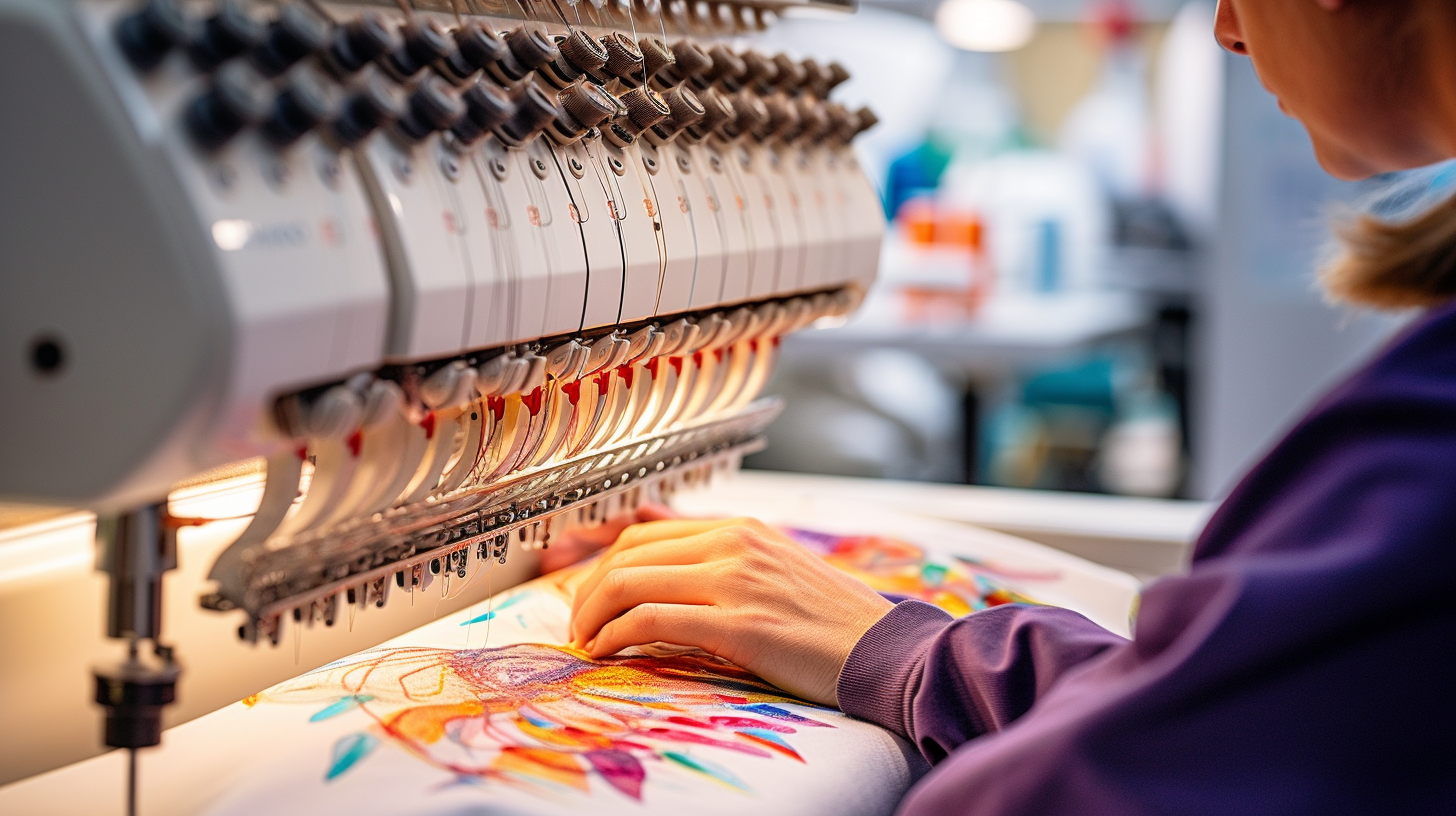Trustworthy Digitizing for Embroidery: Relied On by Professionals
Wiki Article
Mastering the Needlework Digitizing Refine: Your Ultimate Guide
Needlework digitizing is a thorough craft that calls for precision and know-how to translate detailed designs right into electronic layouts for device embroidery. As artisans start this journey to master the embroidery digitizing process, a detailed understanding of the fundamentals sets the foundation for excellence. Nevertheless, past the primary understanding lies a world of innovative software, specialized tools, and nuanced strategies waiting to be checked out. By diving into the subtleties of digitizing, one can open a world of creative possibilities and raise their needlework projects to brand-new elevations.
Understanding Embroidery Digitizing Essentials
Needlework digitizing essentials form the structure whereupon intricate styles are translated into machine-readable styles for accurate stitching. This preliminary action in the needlework digitizing process is important for ensuring that the final embroidered product is a faithful representation of the original style. Understanding needlework digitizing basics involves grasping essential ideas such as stitch kinds, sew direction, thickness, padding, and draw settlement.Stitch types play a crucial function in determining the visual and textural result of the embroidered layout. By selecting the suitable stitch type, whether it be satin, fill, or running stitch, digitizers can achieve the desired result and improve the overall quality of the embroidery. Furthermore, sew instructions affects the flow and dimension of the style, while density establishes the spacing and insurance coverage of the stitches.
Additionally, rug stitching offers stability to the design by securing the textile and protecting against distortion during the embroidery process. Pull compensation is an additional necessary consideration to combat the natural tendency of textile to contract when stitched. Grasping these embroidery digitizing essentials is essential for creating professional-quality stitched products.
Choosing the Right Digitizing Software Application
Choosing the proper digitizing software is a critical choice that dramatically impacts the efficiency and quality of the embroidery digitizing procedure. Digitizing for Embroidery. When selecting the appropriate digitizing software application, it is vital to consider elements such as the intricacy of designs you prepare to create, the user-friendliness of the software program, the degree of consumer support supplied, and the compatibility with your needlework deviceThere are different digitizing software application alternatives offered on the market, varying from standard programs for novices to innovative software application for professional digitizers. Some prominent choices include Wilcom EmbroideryStudio, Hatch Embroidery Software Program, and PulseID. These software offer a wide variety of tools and features to aid you produce intricate styles with simplicity.
Before deciding, it is a good idea to explore the different software program choices through totally free tests or demos to establish which one best suits your demands. Furthermore, reviewing reviews and looking for referrals from knowledgeable digitizers can provide important understandings right into the toughness and weaknesses of each software (Digitizing next page for Embroidery). By thoroughly examining your needs and comparing the functions of different digitizing software program, you can make an our website informed option that improves your embroidery digitizing workflow
Digitizing Tools and Strategies

Optimizing Layout Setup for Embroidery
Understanding the details of layout settings is basic in accomplishing optimum results in the needlework digitizing process, building upon the structure laid by recognizing digitizing devices and methods. When optimizing style settings for embroidery, it is essential to consider variables such as stitch type, density, underlay, draw payment, and registration. Enrollment settings align different aspects of the layout accurately, preserving overall design navigate to these guys integrity.
Troubleshooting Common Digitizing Issues
When encountering typical digitizing problems throughout the needlework procedure, it is necessary to recognize the origin and carry out effective solutions quickly. One typical issue is stitch thickness problems, where stitches might be as well thick, triggering the fabric to tighten, or as well sparse, resulting in spaces in the layout. Changing the stitch thickness setups in the digitizing software can help fix this concern.Another constant difficulty is thread breaks during the needlework process. This can occur because of numerous factors such as incorrect stress settings, plain needles, or utilizing low-grade thread. Guaranteeing proper maintenance of the needlework maker, including normal needle modifications and stress modifications, can lessen the occurrence of thread breaks.
Additionally, style registration errors can cause misaligned components within the needlework layout. Examining the layout alignment in the digitizing software program and making needed modifications before stitching can help in avoiding this issue. By resolving these common digitizing concerns quickly and successfully, you can make sure a smoother needlework procedure and high-grade completed items.
Final Thought
To conclude, grasping the embroidery digitizing procedure requires a solid understanding of the essentials, the appropriate choice of software application, and knowledge of tools and techniques. Maximizing style settings and repairing usual digitizing concerns are important action in ensuring high-grade embroidery results. By adhering to these actions diligently, one can accomplish accuracy and efficiency in the digitizing process.Report this wiki page